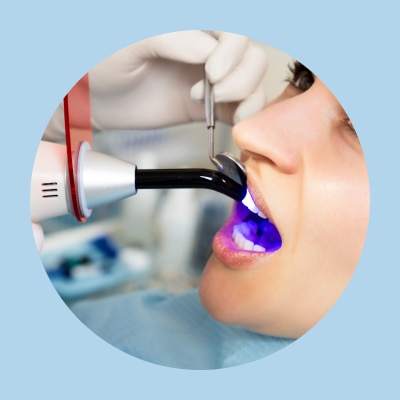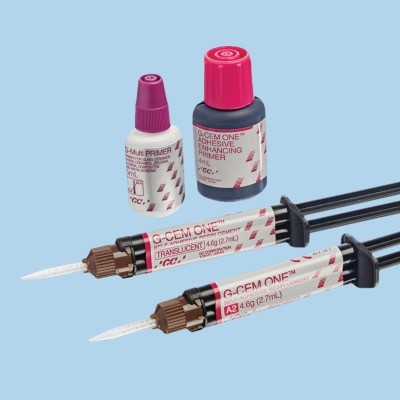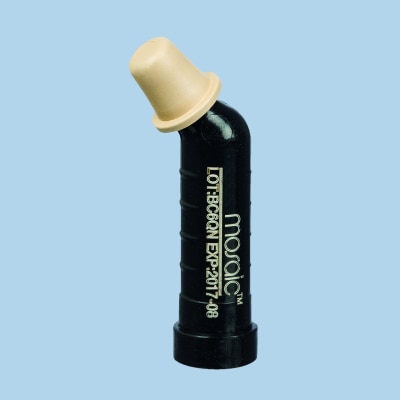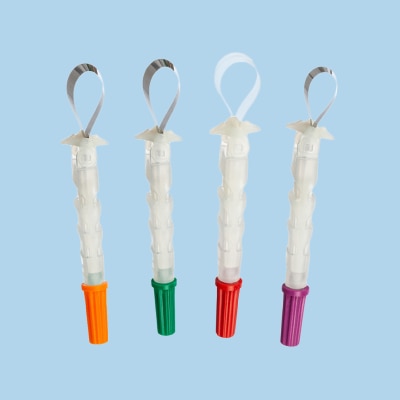Staying competitive is a must for any modern dental practice expecting to retain patients, which means that keeping up with the latest technology, such as intraoral cameras and intraoral scanners, is not a luxury – it’s a competitive necessity. Patients are more informed, more selective and more digitally attuned than ever before. As a dental professional, you know that delivering excellent care is only part of the equation. The patient experience, from the first consultation to the final follow-up, is now defined by clarity, comfort, and confidence.
That’s where intraoral cameras and scanners come in. These digital imaging tools have moved beyond ‘nice to have’ and have become essential for any practice looking to stay ahead of the curve. And while each tool has unique strengths, it’s when they work together that they truly transform the patient journey and your clinical outcomes.
Let’s explore why both matter, and why now is the time to integrate them fully into your practice.
Intraoral Cameras
Diagnostics and Communication
Intraoral cameras are no longer new, but how they are used has evolved. These high-definition, handheld tools offer much more than documentation; they are power drivers of case acceptance, trust, and communication.
When a patient can see exactly what you can see – a cracked filling, early signs of wear, inflammation, or cavities – the conversation shifts. It’s no longer an abstract explanation, it becomes a visual, personal moment of insight. And that matters.
Key Benefits
- Real-time visuals that enhance patient understanding.
- Improved case acceptance through transparency.
- Accurate records for progress tracking and insurance documentation.
Intraoral cameras aren’t about selling treatments, they’re about showing patients what’s already there, clearly, directly, and professionally.
Intraoral Cameras
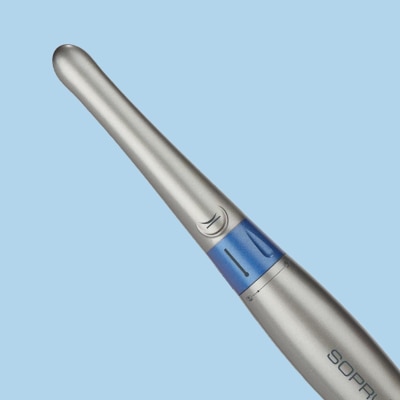
Intraoral Scanners
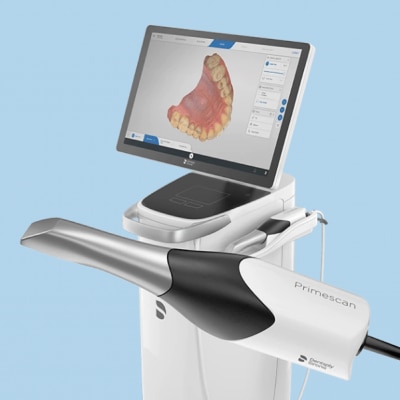
Intraoral Scanners
Speed, Precision, and Digital efficiency
While cameras are about communication, intraoral scanners are about precision and performance.
Digital scanning has revolutionised restorative and orthodontic workflows. From crown and bridge work to aligner therapy and implant planning, intraoral scanners enable faster, more accurate impressions, without the mess or discomfort of traditional materials.
And it doesn’t stop at the scan. Integration with CAD/CAM systems, labs, and planning software streamlines your operations, enhances your lab communications, and accelerates turnaround times.
The Result?
- Greater accuracy and fewer remakes.
- Seamless lab collaboration and treatment planning.
- A more comfortable, modern patient experience.
Patients may not always notice the details of a digital impression, but they absolutely remember how fast, clean, and easy the process felt. That impression lasts.
Why You Need Both: A Unified Digital Experience
The real opportunity isn’t choosing between cameras or scanners, it’s combining their strengths. Together, they support a fully digital patient experience that’s visual, fast, and comprehensive.
- Use the camera to engage and educate the patient.
- Use the scanner to diagnose, plan, and execute with precision.
This dual approach bridges the gap between communication and clinical workflows. You’re not just telling patients what they need, you’re showing them why, and then delivering that treatment with cutting-edge efficiency.
Think of it as two sides of the same coin:
- One builds trust.
- The other ensures technical excellence.
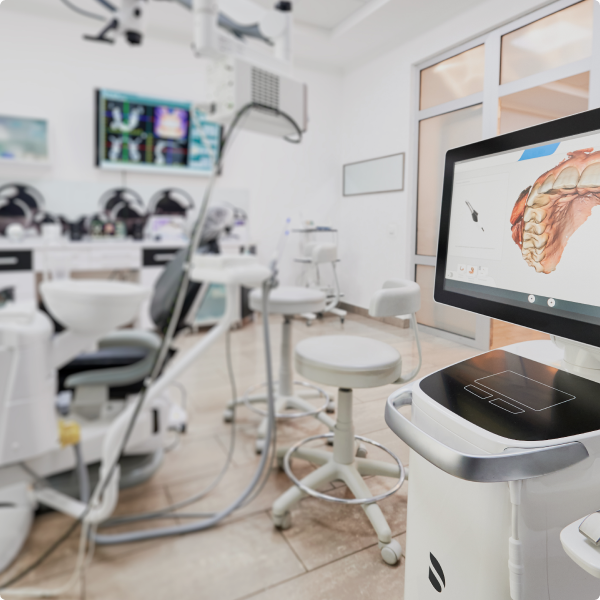
Staying Competitive: Future-Proofing Your Practice
The dental practices that thrive in the next five years will be those that embrace smart, integrated technology today. Not just to keep up; but to lead.
Consider what’s driving change:
- Patients expect digital tools as a standard.
- Reviews and referrals increasingly reflect the patient experience.
- Younger associates and hygienists want to work in tech-forward environments.
- New services, such as same-day crowns, smile previews, and AI-powered diagnostics, depend on a strong digital foundation.
This is no longer optional, it’s strategic. Practices without these tools are already beginning to feel the gap in efficiency, patient perception, and case acceptance.
Ask yourself:
- Are your competitors showing patients exactly what’s going on in their mouth?
- Are they scanning instead of taking impressions?
- Are they building a seamless, digital-first experience that patients talk about?
If the answer is yes – and it probably is – then now’s the time to act.
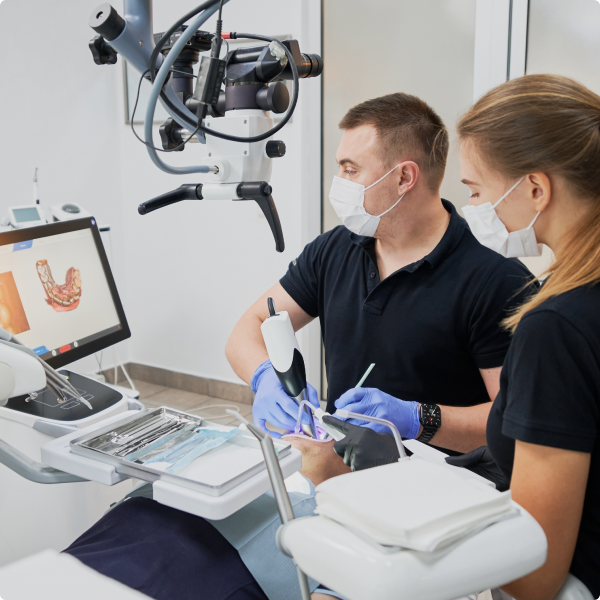
Invest in Impact
Intraoral cameras and scanners aren’t just devices. They’re extensions of your care philosophy. They show your patients that you invest in their understanding, their comfort, and their outcomes.
Bringing both into your workflow doesn’t mean changing the way you practice dentistry. It means elevating it with tools that support your expertise, engage your patients, and position your practice for long-term growth.
If you’re considering where to invest next, start here. Because the future of dentistry isn’t coming it’s already here. And your patients are ready for it.




